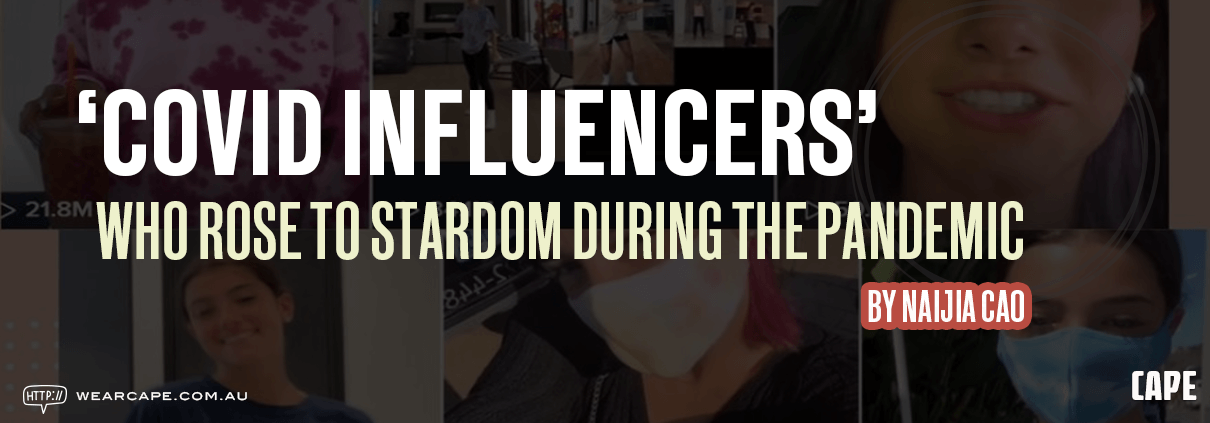‘Covid Influencers’ Who Rose to Stardom During the Pandemic
You must have heard of influencers, but have you ever heard of “covid influencers”?
Similar to influencers who have the power to affect others’ purchasing decisions because of their authority in specific areas, “covid-influencers” are such influencers who came up in social media during the covid-19 pandemic, whose target audiences were mainly people who spent most of their time staying at home and playing with social media.
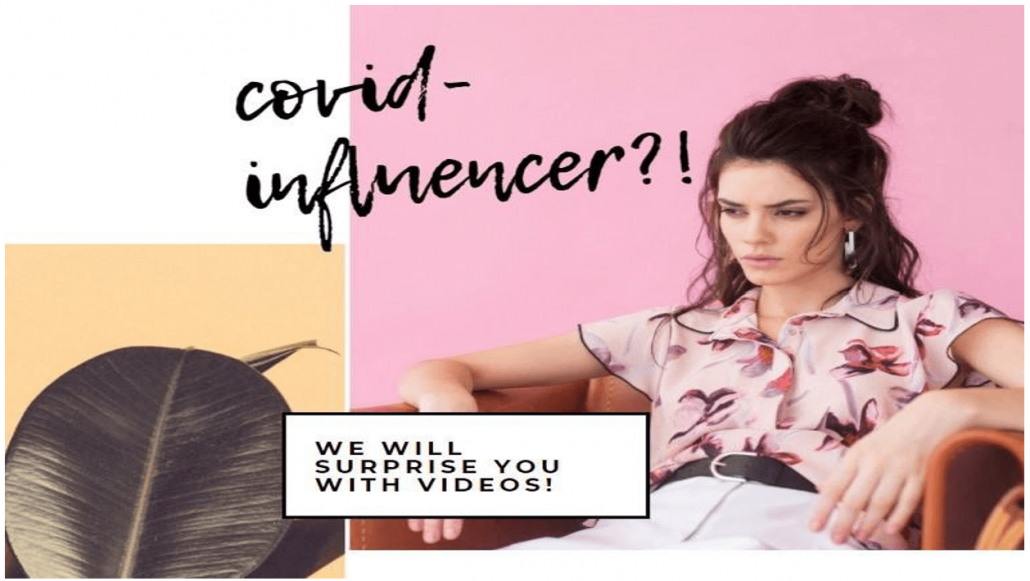
Under the effect of the covid-19, influencer marketing had become even more vibrant and dynamic instead of getting gloomy. People tended to engage more with influencers during the covid-19 pandemic and social media has become the main force of future influencer marketing as being more cost-efficient by offering greater value and more targeted messages.
Under this context, video gained huge popularity among people in their social lives. Forbes shows that video was ranked the No.1 of people’s mostly used
content in the US and UK areas in 2020, and video usage throughout various digital channels was rapidly increasing in most parts of the world during the pandemic.
Hence, Sharp-sighted covid-influencers would not hesitate to grab these opportunities to efficiently create and utilize video content through various social media channels to attract people’s eyes and gain a massive following within a short time in this special pandemic period!
Here are 4 types of video content covid-influencers mainly used to win people’s hearts during the pandemic.
#1. How-to videos & tutorials
Henry
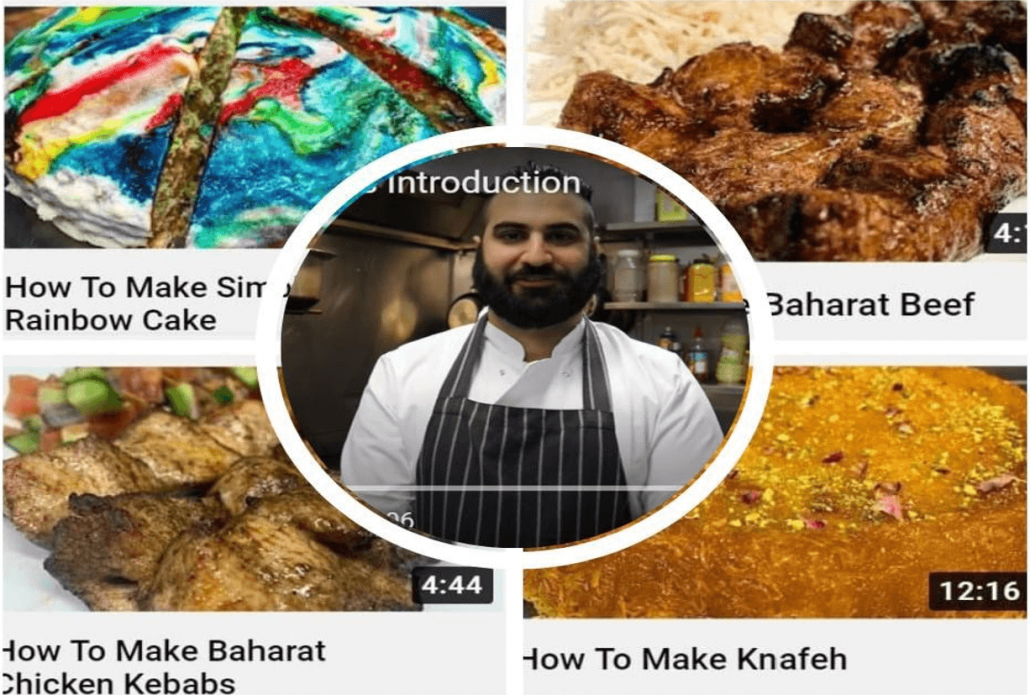
Henry earned 282 thousand subscribers of his YouTube program “Henrys HowTos” up until the outbreak. He is a chef with years of cooking experience, and he frequently uploaded video content that teach people how to DIY and cook various kinds of food such as Chinese fried rice and Baharat chicken kebabs on YouTube during the covid-19. The most amazing thing was that, each of his video got thousands of clicks within few days during the pandemic.
Joe Wicks
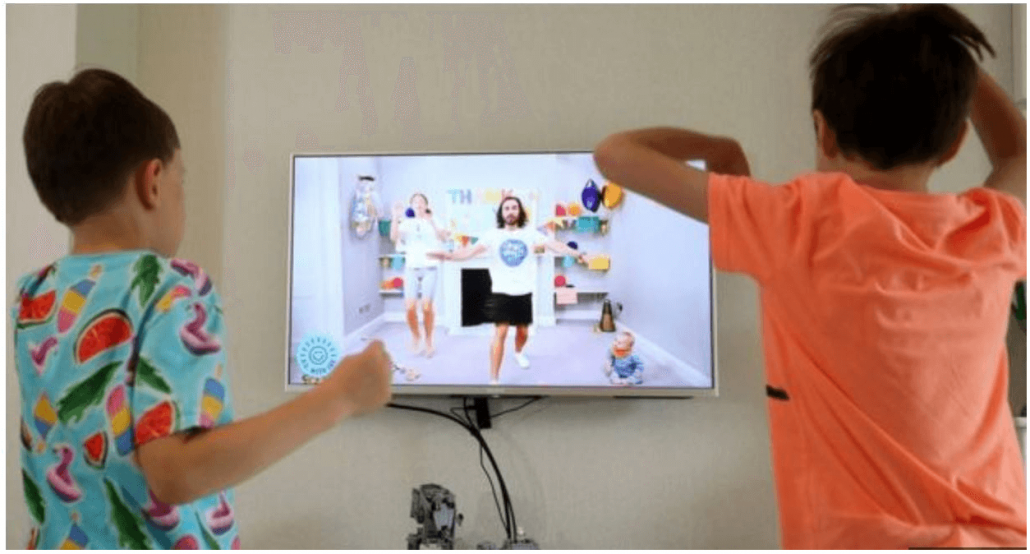
Another breakout star was Joe Wicks. As a body coach, he put live-streamed fitness workout videos on social media platforms and was said by his audience to have totally changed their otherwise depressed lives during the pandemic. Joe’s live-streamed workouts turned out to be quite successful and he has been building a massive global following online.
This approach was basically about influencers creating and sharing tutorial videos on various topics through social media. When watching these videos, people could not only gain knowledge, but also get positive energy to overcome negative emotions during the frustrating period.
Pro: Clearly, under the context that most people were stuck at home with limited activities to do and limited space, videos that gave and taught people new ideas of activities that are easy to do indoors would easily impress people and get them excited.
Con: The biggest shortage of this approach could be the existing fierce competition as there were already huge numbers of tutorial videos out there online.
Covid Influencer Facts:
- Covid-Influencers were suggested to use live-streamed videos or podcasts when choosing the form of their videos.
- Videos containing content such as fitness, cooking and meditation were more likely to become viral during the outbreak. This was because a survey conducted by Forbes showed that during the pandemic, people were paying more significant attention to content such as fitness (100%), cooking (110%) and meditation (55%).
#2. Share your life moments
By saying sharing life moments, influencers were supposed to be specific “homefluencers”, who are willing to share their everyday life updates at home with other people on the other side of the network.
Rachel Brathen
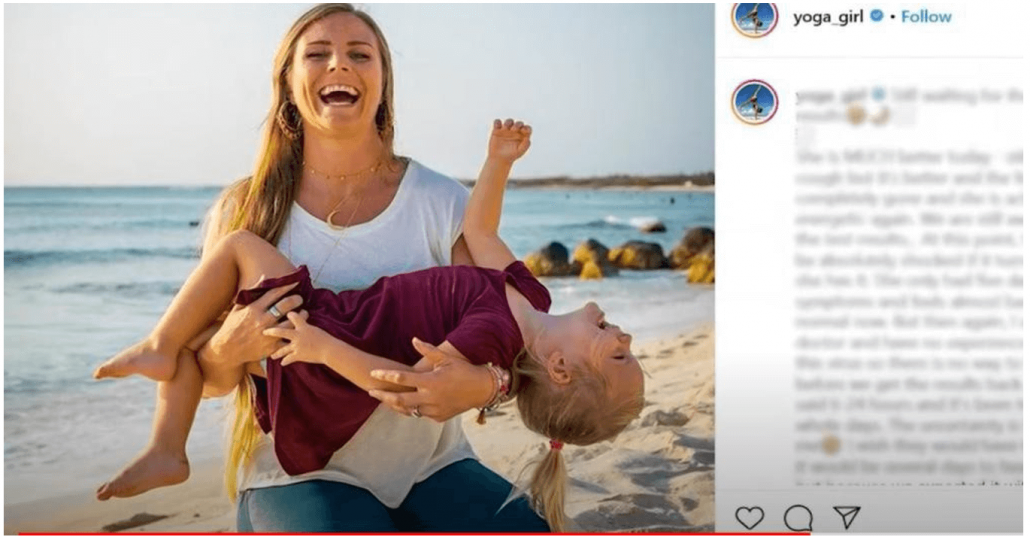
Rachel is an influencer known as a yoga girl with over 2 million followers online, she is an expert in yoga, a businesswoman, and also a mother. In one of her live broadcasts posted during the pandemic, Rachel shared with her audience what happened recently in her family and her following post surprisingly got over 23,000 likes and went viral in only four days!
Tess Christine
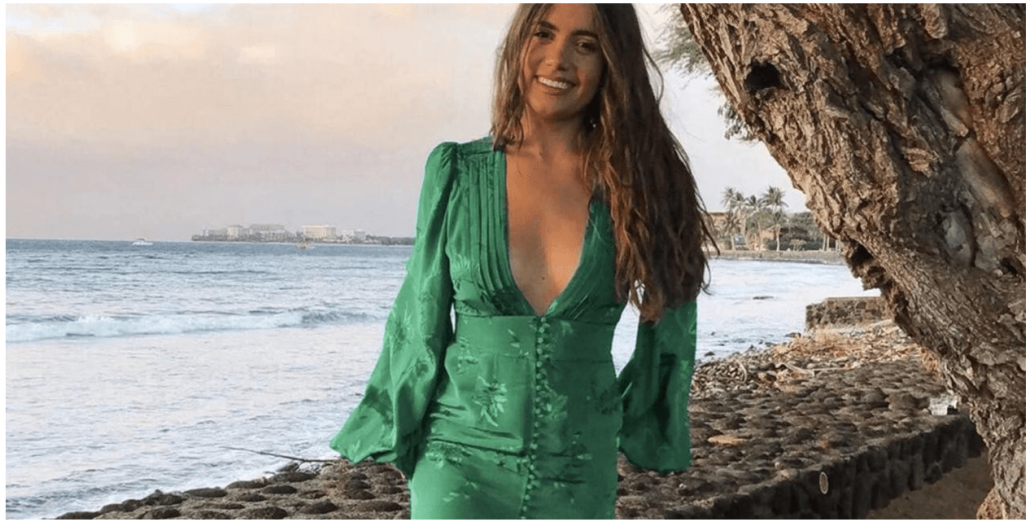
As a beauty and lifestyle vlogger, Tess has been sharing videos on her personal lives containing haul videos, diets and travel vlogs and had amassed 199 million views from her 423 videos and 2.39 million subscribers in total up until the pandemic.
Overall, by sharing videos on their daily life experiences, normal influencers could step into more people’s hearts as they could quickly get connected with the audience, and thus becoming the popular “covid-influencers” with huge amounts of followers during the pandemic!
Pro: By sharing their life updates with her audience through social media, covid-influencers could make one step closer to their audience or even more people. People could not only get the timely information of them, but also feel their authentic emotions, get to know them better and even get motivated by interacting with them.
Con: Different people have different tastes. Video content, if not carefully selected might evoke negative emotions of people for various reasons.
Key tips:
- Authenticity was the key when social media influencers focused on lifestyle content. So influencers should be as sincere as possible to build trust with viewers.
- Live streaming was highly recommended here. Influencers promoted themselves through either Facebook Livestream or Instagram Livestream on their social media, so that they could share their personal lives and interact with the audience in real time.
#3 Offer branded content that legitimately serves Consumers’ needs
If influencers hoped to maximize the benefits of their branded content especially during the pandemic, they would never forget to satisfy customer’s needs and interest.
The Mindful Movement
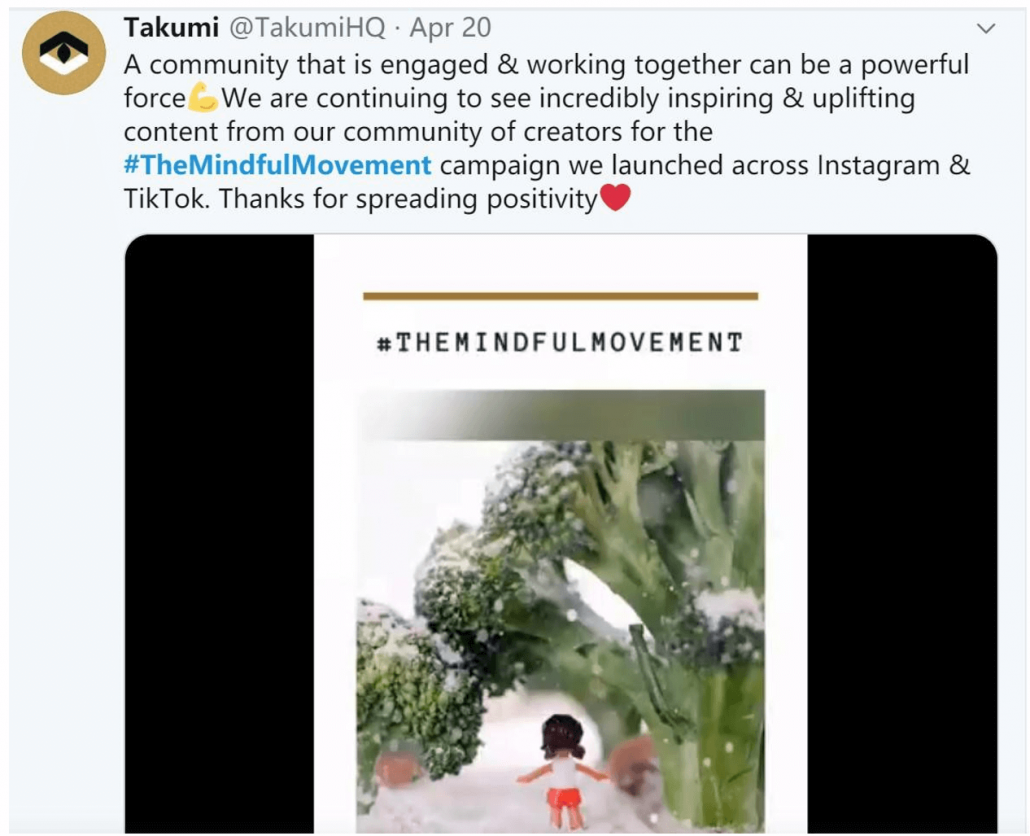
As a quite successful campaign which perfectly combined branded content and CSR, on one hand, The Mindful Movementachieved its commercial objectives by having influencer content on TikTok and Instagram including recommendations of books, exercises and social apps; on the other hand, it was also a pro-bono campaign which helped improve people’s mental health and cheer people up during the frustrated pandemic.
HootSuite leverages pop culture-Game of Thrones
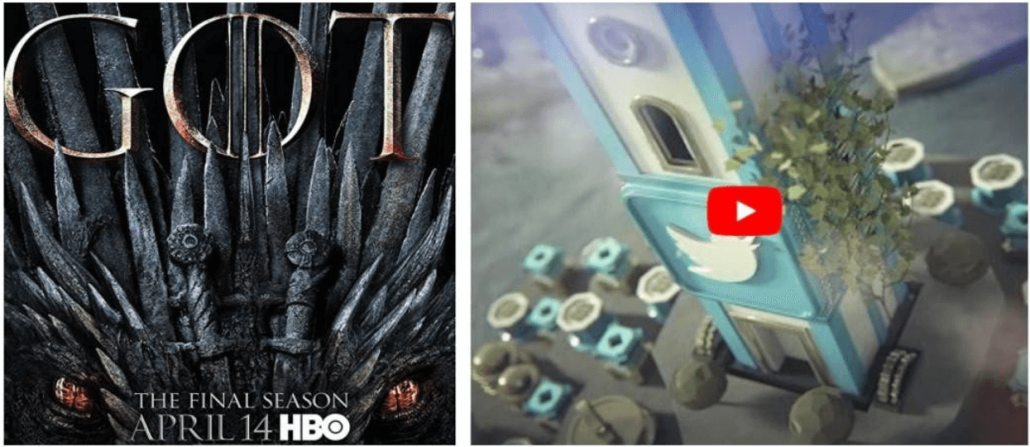
As a social media management tool, HootSuite successfully leveraged the pop culture of medieval fantasy show named Game of Thrones, and applied it into their own branded videos, which turned out to be a huge success!
Basically, this approach was mainly about influencers educating customers about the brand through social media platforms and motivating them to make purchase decisions, meanwhile creating benefits to people’s lives such as helping people relax their mood, or catering to their interests and making them feel good.
Pro: This pandemic created profitable opportunities for influencers as their celebrity benefits and lower costs had successfully attracted brands to shift from large-scale ad production to them.
Con: Too much rigid and repetitive stuff in branded content could sometimes annoy people. So covid-influencers should try to cleverly integrate their videos with selected content and wisely choose their channels.
Key tips:
It was always a good and safe choice for influencers to Combine brand promotions with CSR as people were paying increasing attention to social and ethical issues in advertising industry which was relatively deregulated.
Therefore, influencers should be careful finding a good match between the branded content and consumers’ interests when creating video content.
#4. Create funny content
Do you know that entertainment and positive energy had become a key topic throughout social media as people were living with uncertainty and fear during the pandemic? During the covid-19 pandemic, a new breed of influencers caught the opportunity to provide funny and entertaining video content on popular digital platforms including TikTok, YouTube and Facebook, and had made satisfactory achievements such as generating a large following.
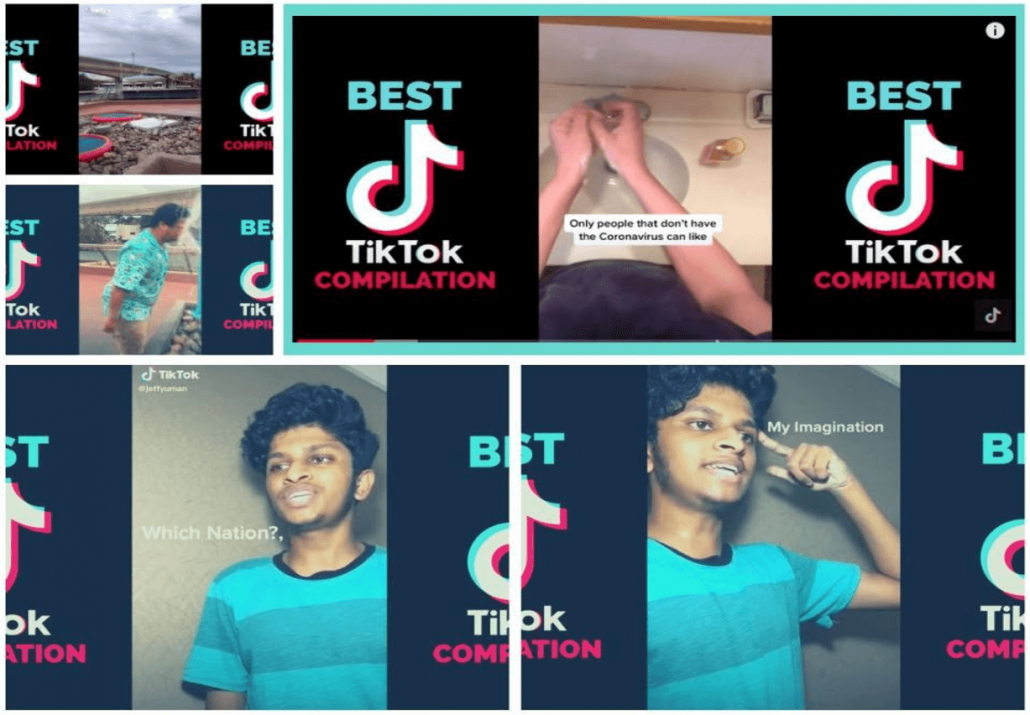
Zach King
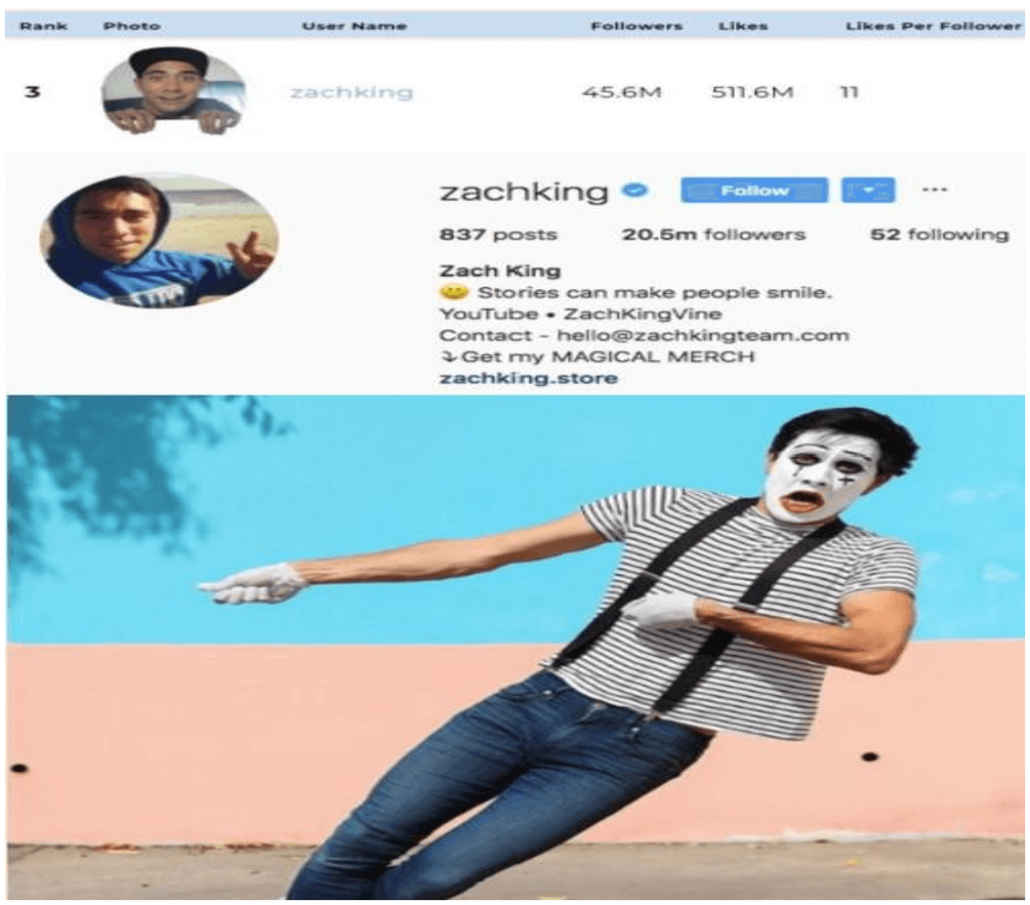
One social media star during the pandemic was Zach King who is famous for his video editing magic tricks. With his funny video content, Zach King gained 4.08 millionsubscribers in total on his YouTube channels, 20.5 million followers on his Instagram, and 45.6million followers on his TikTok channels.
Charli
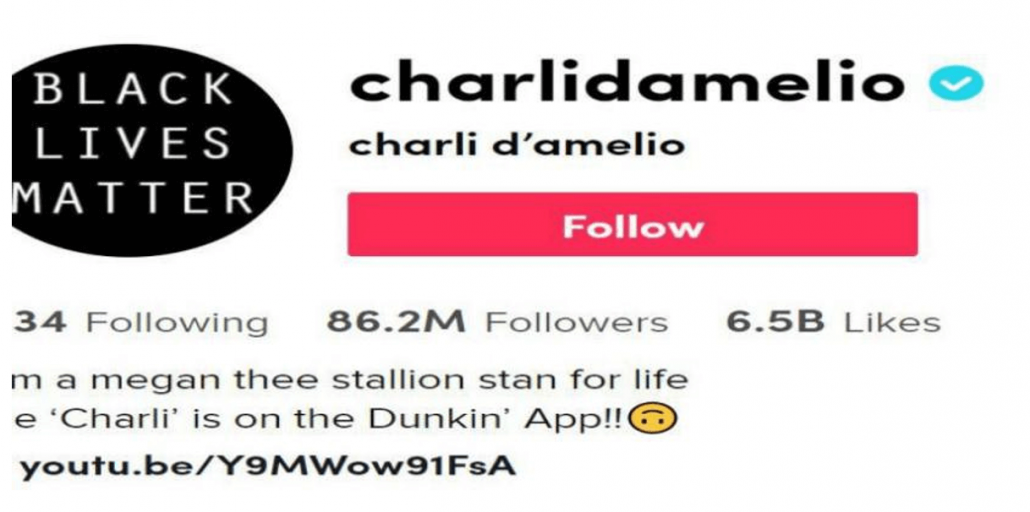
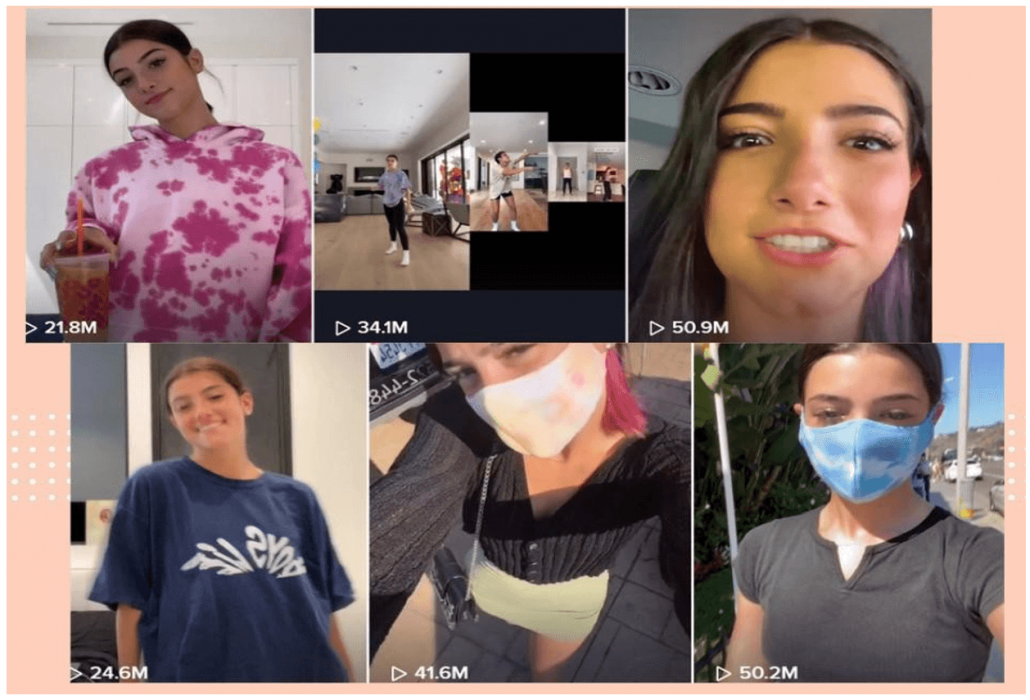
Another TikTok superstar that emerged during this period was Charli, a cute and fashionable girl who frequently shared videos of funny content like dancing while wearing the mask, making fun of the freckles on her face, etc, and had amassed 86.2 million followers on her TikTok channel during the pandemic.
The key to this approach was to create the video content that showed the spirit of making fun of life and optimism towards life. Young people especially love it!
Pro: Funny stuff could easily become viral, and TikTok was an excellent platform for common people to become an influencer quickly by simply sharing funny videos to people during the pandemic. Although TikTok was said to be banned in some countries, the trend could never be banned: more people, especially the young like to watch funny videos!
Con: Since young people form the majority of audience of funny videos, some might imitate silly and dangerous actions from videos because of their mental immaturity, thus threatening their safety.
Key tips:
The covid-19 had made it a defining moment for influencers during the pandemic as social media could easily affect people’s emotions or even lives with the flick of finger! Therefore, numbers of influencers had successfully leveraged such opportunities to create funny and entertaining videos and became the crowd-following “covid-influencers”.

Naijia Cao
My name is Naijia Cao, I'm from China and currently studying for a Master of Management (Marketing) at the University of melbourne. I have finished an internship in the HR department of Chanel and participated in a brand project in Guangzhou Yatsen Global Co.,Ltd. I love doing marketing campaigns and I have participated in many case competitions and start-up pitch competitions, from which I learnt a lot. I have many hobbies including painting, playing the Guzheng (a Chinese traditional instrument), the guitar, and the piano.

